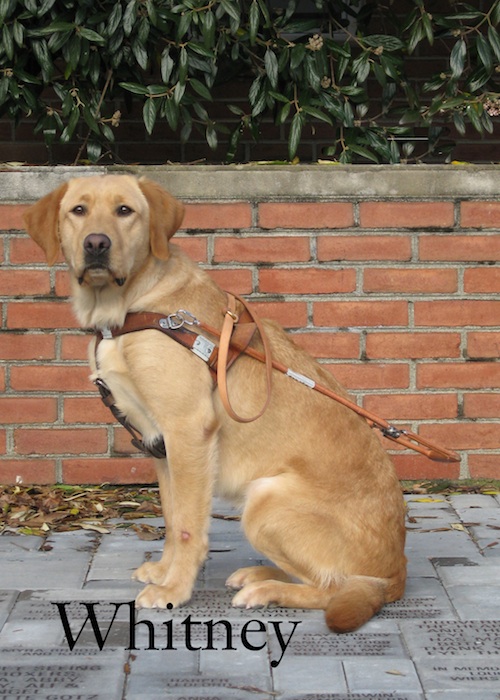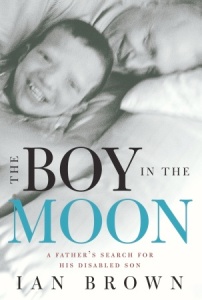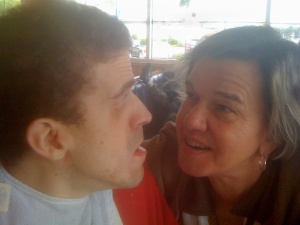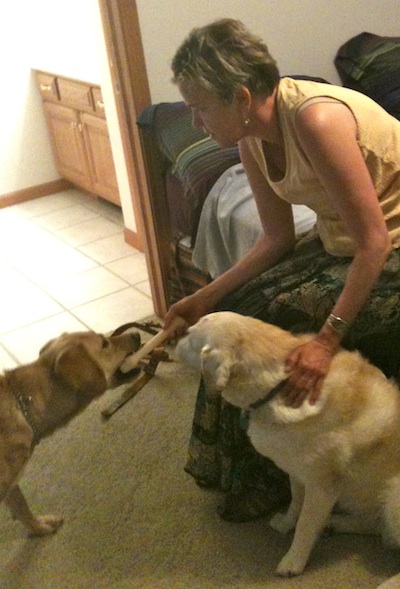Mondays with Mike: I left my heart…
September 15, 2014 • 4 Comments • Posted in Mike Knezovich, Mondays with Mike, travel, UncategorizedIt’s 2:45 PT, which means it’s 4:45 CT, which means I’m running out of Monday to get this posted.
I’ve been out of town since a week ago for the annual conference the Passive House Institute US (PHIUS)—that would be where I work—was held. We’re a small organization, so putting on the five-day event for a few hundred people is nerve-wracking, hair-raising, and exhausting. Fortunately, the last day of the conference always comprises a bus tour of local passive house projects, which is downright inspiring each year. Architects and geeky building science people go nuts over these things, and they chat furiously on the bus between stops, swapping tips and stories about how to build these things right.
This year included an office building and a dormitory in Palo Alto, a retrofitted arts and crafts house in Santa Cruz, and then—after a gorgeous trip up Route 1—a retrofit house in progress in San Francisco’s Noe Valley neighborhood.
I got back to the hotel, had two celebratory martinis, went upstairs to refresh with the intent of coming back down to watch the Bears play the 49ers here in enemy territory. I turned on the game, propped a pillow behind me on the bed, and the last thing I remember was the Bears were stinking and behind 10-0.
I opened my eyes the next morning, feeling better rested than I have in weeks, and learned that, against all odds, the Bears had prevailed. I’ll try to not watch from here on out.
I’m staying out near the airport, and in most cases that wouldn’t necessarily be ideal, but the hotel is across the water from the runways and, this being San Francisco, even this is pretty beautiful.
Though I’ve been in the Silicon Valley area several times in the past 30 years or so, I haven’t spent much time in the city. So tonight, I’m doing a nostalgia trip.
Back in 1982, I was living and working in Washington, D.C. The magazine I worked for (Washington Consumers’ Checkbook) had opened another magazine in the Bay Area, and asked me if I wanted to move out there to help it get off the ground.
I went on a scouting trip with my dear friend and then roommate, Pick, who knew the city and—as he had been on our trips to New York—was a fantastic fellow traveler who helped me see more than I ever would’ve on my own.
We had a grand time, and I was left stunned by the beauty of the city and the, for lack of a better term, differentness of everything. Vegetation. Rowhouses that seemed to hang from hillsides. The people. The hills.
Our trip was grand. But I didn’t take the job. Making that trip somehoe reminded me that—against any prediction I could’ve made about Myself before I moved away from the Midwest—that I wanted to go back. Which I did a few months later.
But San Francisco remains unforgettable. Our trip in 1982 included a trip to the Top of the Mark, a restaurant/bar on the top floor of the Mark Hopkins Hotel. And that view—the twinkling lights on the hillsides surrounding us in 360 degrees—is burned into my brain.
So, tonight, with the conference over, I’m taking the BART downtown, and I’m going to see if the real thing is as good as what I remember. I’m guessing it will be.






